Especially in the more expensive Chinese cities, fewer and fewer couples can afford more than one child. As a result, the number of births in the Asian megastate has fallen steadily in recent years. And this despite the fact that the Communist Party abolished the decades-long one-child policy in 2016. In 2024, the Chinese Yuwa Institute for Population Research determined that the costs of raising a child in China are among the highest in the world. On average, the experts found, it currently costs 538 000 yuan (about 68 400 euros) to raise a child up to the age of 18. This is 6.3 times the Chinese gross domestic product. As a result, in 2022 the population of the country fell for the first time in decades.
By contrast, more and more people in China own pets. According to estimates, there are approximately 116 mio dogs and cats in China. According to one forecast, by 2023 the number of pets in urban China alone is likely to be almost twice as high as the number of young children in the whole country. Pet owners are spending more and more money on their pets. “People need emotional comfort, which is why many decide to get a pet, whether they have children or not,” said veterinarian Dr Hu Yusheng. And Stuart Gietel-Basten, Professor of Social Sciences and Public Policy at the Hong Kong University of Science and Technology, said in an interview: “If you’re in your early 20s in China and you have a strong need to care for someone, it’s much easier to get a puppy, a kitten or a rabbit than it is to find a partner you want to marry and have children with.”
Pet boom in South Korea
Four-legged friends instead of children is also a widespread trend in South Korea. In the 1960s, a South Korean woman gave birth to an average of six children. In 2023, the country’s fertility rate declined to a historical low of 0.72, the lowest globally and well below the replacement rate. And not only that: the number of marriages has also fallen by 40 per cent in the last decade. The reasons given for this development are frustration of the population with the rising cost of living and declining quality of life. The sale of pet carriers has surpassed that of baby strollers for the first time, underlining the country’s worrying low fertility rate. According to Gmarket, the leading e-commerce platform operator in South Korea, 57 per cent of the strollers sold in 2023 were for pets compared to 43 per cent for babies, a report in the Korea Times stated. The newspaper also emphasised that as fewer children are born in the country, more people are opting to raise pets. More than six million households in South Korea had pets in 2022, up from 3.6 mio in 2012. From doggy gyms and veterinary clinics to traditional costumes for dogs, a rapidly growing industry has developed around pets in Korea. Market research institute Sperical Insights estimates that the South Korean pet supplies market, which is expected to reach a sales volume of over 1 bn dollars by 2022, will grow by an average of over 8 per cent annually until 2032.

 Menü
Menü

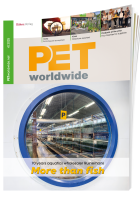



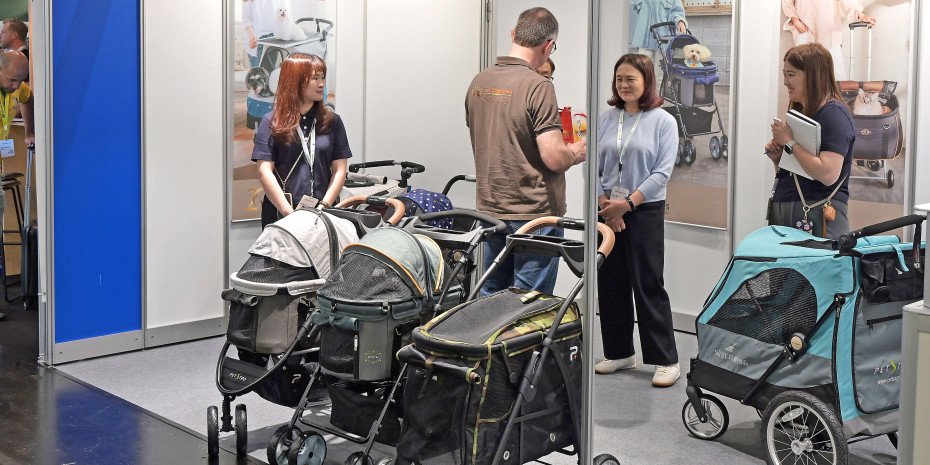

 1/2025
1/2025

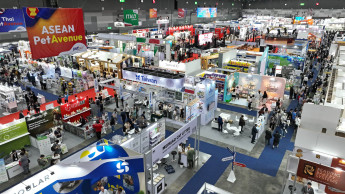
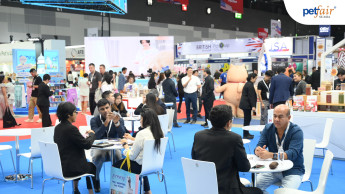




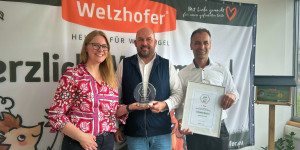




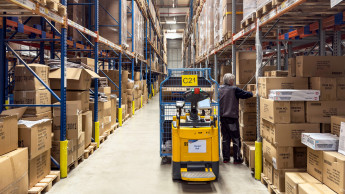
 Newsletter
Newsletter